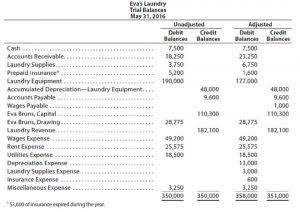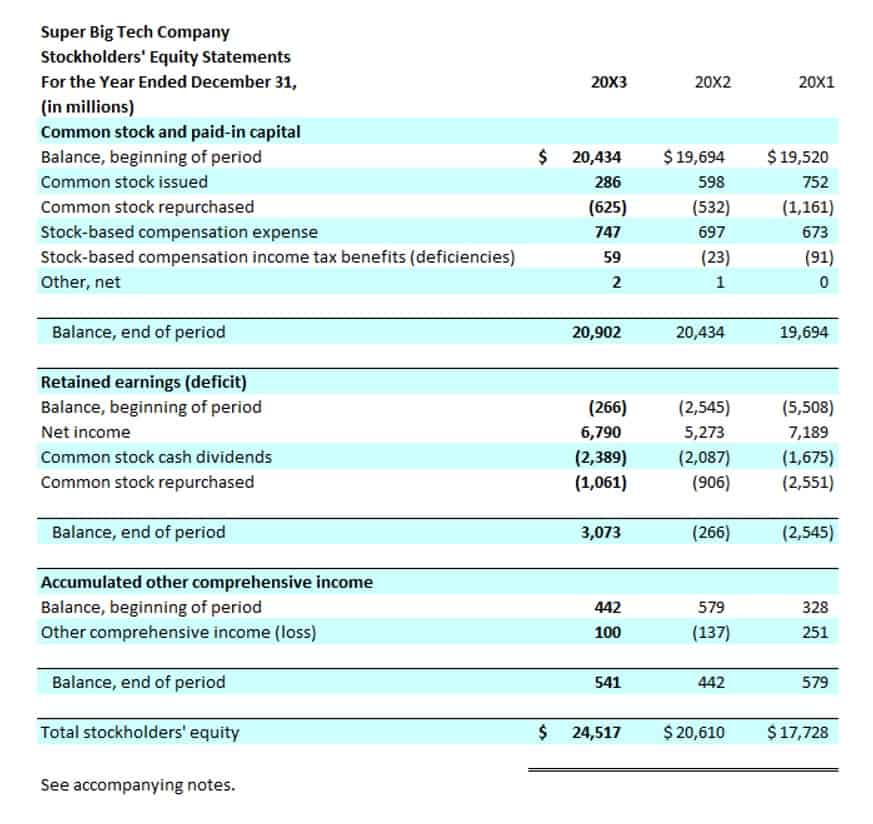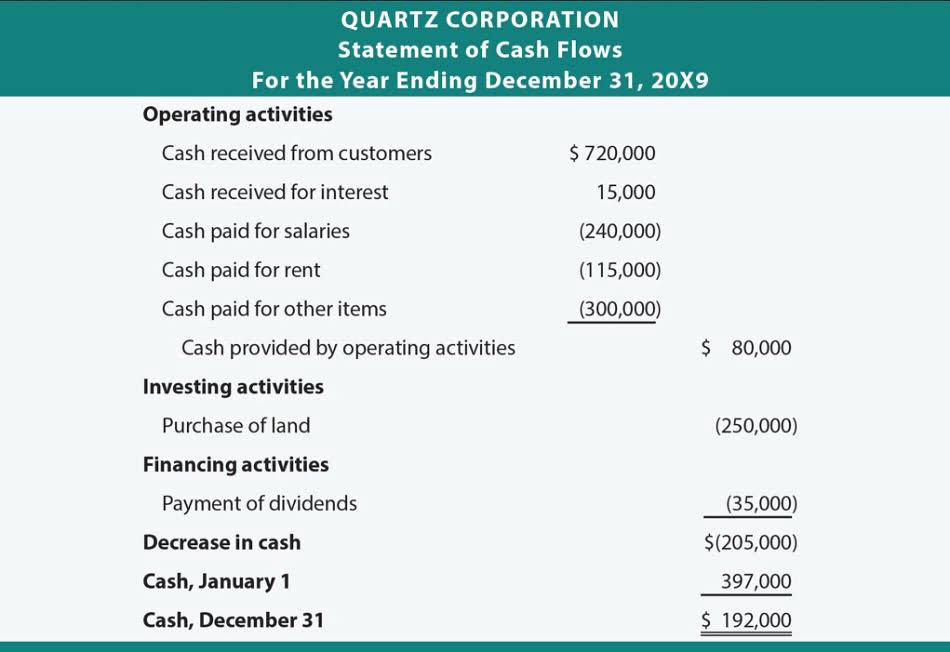
All liquid assets are recorded on the balance sheet at their current market values. This means that over time, improvements in market value can be monitored and assessed. Despite these alternatives, the cost principle remains one of the most widely used accounting unearned revenue conventions.
- For example, if a company owns a building that has significantly increased in value since it was purchased, the fair value principle would require it to be recorded at its current market value.
- Actual costs include standard costs properly adjusted for applicable variances.
- In the case where the value of an asset has been impaired, such as when a piece of machinery becomes obsolete, an impairment charge MUST be taken to bring the recorded value of the asset to its net realizable value.
- Expressly unallowable cost means a particular item or type of cost which, under the express provisions of an applicable law, regulation, or contract, is specifically named and stated to be unallowable.
- It’s hard to picture how something can increase or decrease in value, but still be considered the same value.
Explicit vs. Implicit Costs

By leveraging cloud-based accounting tools and AI-driven automation, businesses can optimize financial strategy, scalability, and overall efficiency, making real-time bookkeeping an essential tool for growth and long-term success. Modern bookkeeping services go beyond basic record-keeping, offering CFO-level insights that help businesses improve cash flow, optimize expenses, and make data-driven financial decisions. Strategic bookkeepers provide real-time financial intelligence, track key performance indicators (KPIs), and ensure businesses remain audit-ready and investor-friendly. By leveraging advanced bookkeeping services, businesses can enhance profitability, improve budgeting, and navigate tax compliance with greater confidence—all without hiring a full-time CFO. Historical cost includes the purchase price of an asset, plus any other costs incurred to bring the asset to the location and condition needed to make it function as intended. This can include a number of additional costs, including transport costs, freight in, the cost to demolish existing structures and install a concrete pad for the asset, and test it to ensure that it functions as intended.

205-39 Service and warranty costs.
This means that the historical cost principle must be used to maintain compliance in accounting in Canada. In addition to this, there are some benefits to using the cost principle, as well. Both benefits and drawbacks of the cost principle are explained below. In conclusion, the future of the Cost Principle in accounting is uncertain.
- No matter what the reason is, the cost principle states that on the balance sheet, the asset maintains its original value.
- The majority of assets are reported based on their historical cost, but one exception is short-term investments in actively traded shares issued by public companies (i.e. held-for-sale assets like marketable securities).
- Defined-benefit pension plan means a pension plan in which the benefits to be paid, or the basis for determining such benefits, are established in advance and the contributions are intended to provide the stated benefits.
- A historical cost principle example is when a company purchases a piece of equipment for $10,000.
Terms Similar to the Cost Principle
The cost principle is an essential accounting principle that helps businesses maintain accurate financial records and provides investors with reliable financial information. While the cost principle has some limitations, it remains a widely accepted accounting convention and is critical for the financial reporting of businesses worldwide. The cost principle is an important aspect that businesses must follow when it comes to maintaining financial statements. Bookkeeping for Painters It makes it mandatory for businesses to record raw asset prices, which marks its very original cost, unadjusted against any improvement or depreciation or with respect to the market value. Company expenses are broadly divided into two categories—explicit costs and implicit costs. The former are expenses like rents, salaries, and other operating expenses that are paid with a company’s tangible assets and recorded within a company’ financial statements.

Why should the cost principle be used over fair market value? Isn’t fair market value more realistic?
A historical cost principle example is when a company purchases a piece of equipment for $10,000. The equipment is recorded in the company’s accounting system at its historical cost of $10,000. This means that the company will use the $10,000 as the basis for any subsequent accounting transactions involving the equipment, such as depreciation, repairs, or sale. The historical cost of an asset is the initial purchase or acquisition price. In accounting, it is necessary to record the actual acquisition costs of assets, liabilities, and equities in balance sheets. Regardless of any subsequent appreciation, the original price of the asset remains the same, and therefore, differs from its current market value.

What is Historical Cost?

Regardless of whether the market price of the shares increases or decreases over time, for accounting purposes, the investor will still report the value of these stocks at the cost principle initial purchase price of $10,000, upholding the cost principle. Note, however, this is used for personal finance and not for corporations marking to market their securities holdings. Overall, the historical cost principle provides a reliable and objective measure of the value of the equipment, which is essential for accurate financial reporting.
- The cost principle in accounting is a critical convention that ensures financial statements are accurate, reliable, and transparent.
- The practical use of the cost principle lies in its simplification and standardization of financial accounting.
- The cost principle is simple and consistent, but can sometimes lead to inaccuracies in financial statements.
- While these adjustments need not be calculated in accordance with the Federal Travel Regulation or Joint Travel Regulations, they must result in a reasonable charge.
- This allows business owners to make faster, data-driven decisions, reduce errors, enhance tax compliance, and stay audit-ready.
- Asset valuation at the original price avoids overvaluation in a dynamic market and is a good way to figure out capital expenditures.
- However, the cost principle’s emphasis on historical cost can sometimes obscure the true economic value of a company’s assets.
If the company decides to sell the equipment after three years of use, it will record the sale at its historical cost of $10,000, less accumulated depreciation of $6,000 ($2,000 per year times three years). If the company sells the equipment for $6,000, it will record a gain of $2,000 ($6,000 sales price less $4,000 book value). This subpart provides the principles for determining allowable cost of contracts and subcontracts with State, local, and federally recognized Indian tribal governments. When not inconsistent with the terms of the contract, service and warranty costs are allowable. However, care should be exercised to avoid duplication of the allowance as an element of both estimated product cost and risk.
A Consistent Balance Sheet
That’s because the U.S. government backs the return on the T-bill, making it virtually risk-free, and there is no such guarantee in the stock market. Technology can help overcome these constraints by automating processes, reducing manual labor, and enhancing operational efficiency. With the help of tools like data analytics and artificial intelligence, businesses can gain insights to optimize resource allocation and integrate workflows. For instance, cloud computing allows cost-effective storage and access to computing resources, and collaboration platforms facilitate remote work by reducing infrastructure expenses. Technology enables real-time monitoring while minimizing errors and inefficiencies. The Cost Principle is essential because it contributes to the consistency and comparability of financial statements.
Historical Cost Adjustments
As you can see, the cost principle emphasizes only recording costs that actually occurred for actual amounts paid. Especially for appreciating assets that were purchased years ago like real estate. Going back to our trade-in example, the company that traded in their car might have gotten a good deal on the new car. Instead of paying the full retail price of $30,000, it only had to pay $23,000. Even though the car is technically worth $30,000, the company records the cost on the balance sheet of $23,000 because that this is the amount that was actually paid for the car.









